Coronavirus: The art of flying blind then changing course
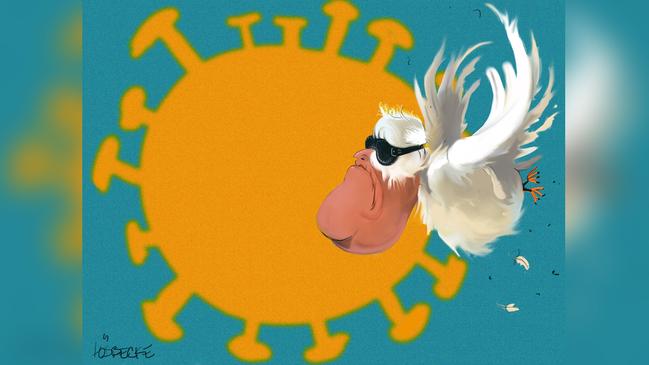
Politicians, medical experts, economists, media and the public generally took a while to take it seriously, then to determine how best to fight it so as to mitigate its impact physiologically, socially and economically.
With an oddly reassuring lack of certainty, the nation’s Chief Medical Officer Brendan Murphy admitted on Tuesday he did not know what level of infection our intensive care systems could handle, nor what percentage of infection could lead to community immunity.
Acknowledging that every country was grappling with the best approach, he confessed: “There is no clear, right answer.” It was a welcome outbreak of honesty.
All we know so far is that what we have been doing has reduced infections; that distance has morphed from tyranny to friend; that it is possible for governments of every stripe and all parties to work together in the national interest; that it will take time to get back to something resembling normality and there will be more flying blind then too.
Initially, Scott Morrison promoted the snapback theory, meaning that once the time limit expires on the massive payments for unemployment, wages, childcare and private hospitals, spending would return to what it was before.
He has experienced his own personal snapback now, warning how hard the road back will be. Barnaby Joyce reckons higher taxes will have to pay for it all and it’s impossible to argue with that.
Years after COVID-19 has been conquered by a vaccine (fingers crossed), the Prime Minister and whoever succeeds him will be dealing with the aftermath. The Liberal credo of smaller government, lower taxes, balanced budgets, privatisation, the primacy of the individual and personal liberties, constructed over decades, has been swept away by Morrison in the space of a few days.
The Coalition will have purpose aplenty but its reasons for being — its foundations — have been smashed.
Replacing them or mending them along with everything else will not be easy, but Morrison — on Tuesday and again in his speech on Wednesday — was clear about where he will head by stressing the need to safeguard sovereignty. That umbrella will cover wide areas, including foreign ownership of Australian assets and the revival of manufacturing for strategic products.
The test will be less fraught for Morrison if he maintains the goodwill and the alliances he has acquired most recently.
His transformation from daggy dad to big daddy has disquieted conservatives while delighting those on the left who welcome, at last, the presence of a true Labor government in Canberra.
The real Labor Party, which has struggled at times to get the right pitch in its quest for relevance, now finds its territory invaded and occupied by the Tories, as Anthony Albanese calls them. The Opposition Leader or whoever succeeds him also has a huge task ahead to work out how much further left a party of the centre left should go. Or it could stay where it is and hope Morrison is forced to tack back by conservatives already grumbling about overkill.
Labor could be waiting a long time. Deep inside the opposition there is fear that these events will almost certainly carry Morrison to victory at the next election.
Ironically, Labor's industrial arm, the ACTU, has found new relevance. It will have an important role to play in the reconstruction and recovery. Its future and the answer to falling union membership over the years surely rests in compromise — not more confrontation — with old enemies to provide benefits that secure jobs, not eliminate them.
More young Australians could opt to work from home. With the right arguments, and at the right price, they could decide they need the kind of safety net unions can provide outside of traditional workplaces.
Older Australians will have to find safer relaxations than cruising. According to federal Health Department data, two-thirds of Australians with COVID-19 acquired the infections overseas.
Reflecting both the greater number of visitors, as well as the later travel bans, 18 per cent were from Britain, 15 per cent from the US, 2 per cent from Italy, less than 1 per cent from China and less than 1 per cent from South Korea.
By far the highest number were from cruise ships, at 26 per cent.
After the Diamond Princess debacle, which culminated on February 20 when Australians were evacuated from Japan and flown to Darwin for quarantining, many of us were wondering why anyone in their right mind would get on a cruise ship to go anywhere. Yet they did, in their thousands, with tragic consequences.
Perhaps they were influenced, assuming they were even paying attention, by the early approach from the Prime Minister or high-profile media shock jocks either contradicting themselves or refusing to confront reality.
A week before the Ruby Princess sailed from Sydney, Morrison’s message to Australians was to keep doing what they were doing, agreeing with Alan Jones on February 28 they could still travel internationally — except to China.
On February 27, declaring a national emergency, Morrison also said: “There is no need for us to be moving towards not having mass gatherings of people.
“You can still go to the football, you can still go to the cricket, you can still go and play with your friends down the street, you can go off to the concert, and you can go out for a Chinese meal.
“You can do all of these things because Australia has acted quickly, Australia has got ahead of this at this point in time.”
On March 13, a few days after the Ruby Princess sailed, Morrison insisted he was going to the footy, advising that there was “every reason for calm”.
“There is every reason for people to go about their usual business,” he said after attending a meeting of state and territory leaders which decided to limit gatherings to 500 people, and after which he shook hands in front of cameras with NSW Premier Gladys Berejiklian.
Six days later, the Prime Minister announced that Australia’s borders would be closed to all foreigners from the next day. Fortunately, that snapback, along with the quarantining of all overseas arrivals and tougher social distancing rules, helped stem the infection rate.
The $130bn wage subsidies and payment of childcare fees, which was announced 10 days ago and endorsed by parliament on Wednesday, helped complete Morrison’s resurrection.

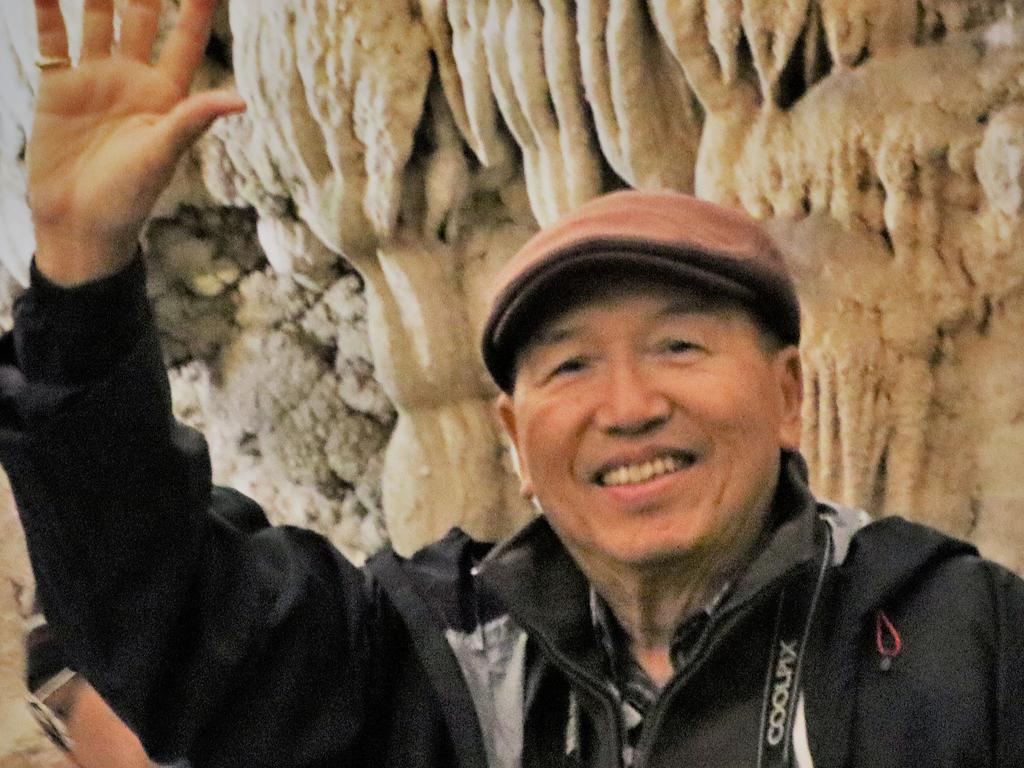
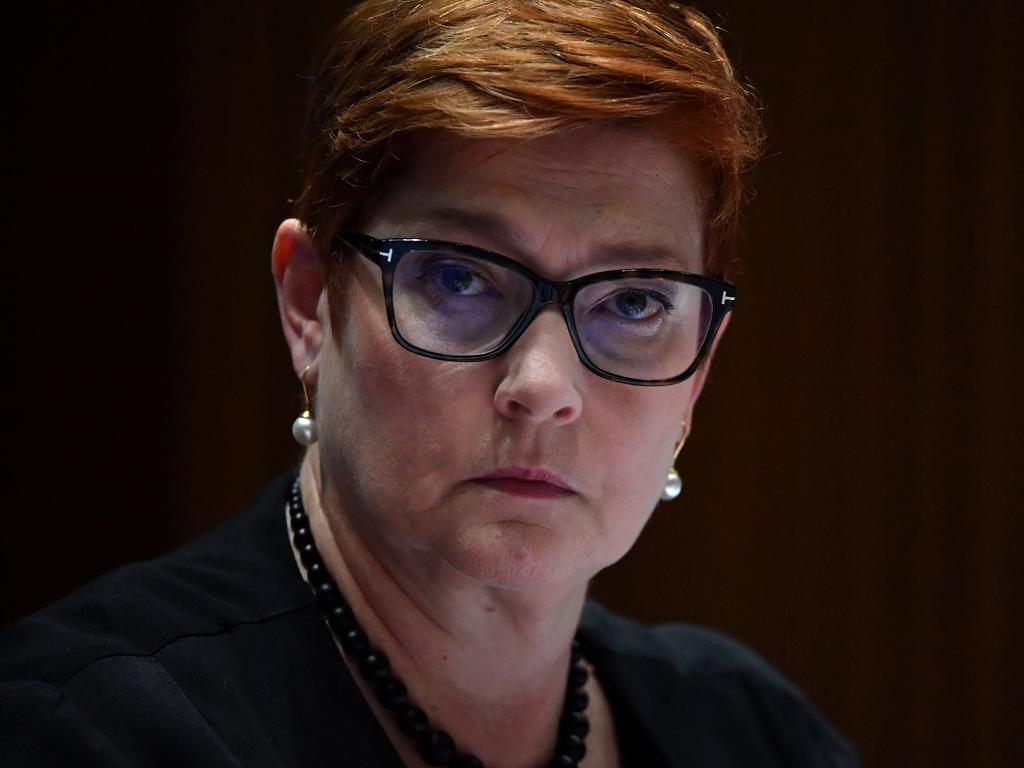
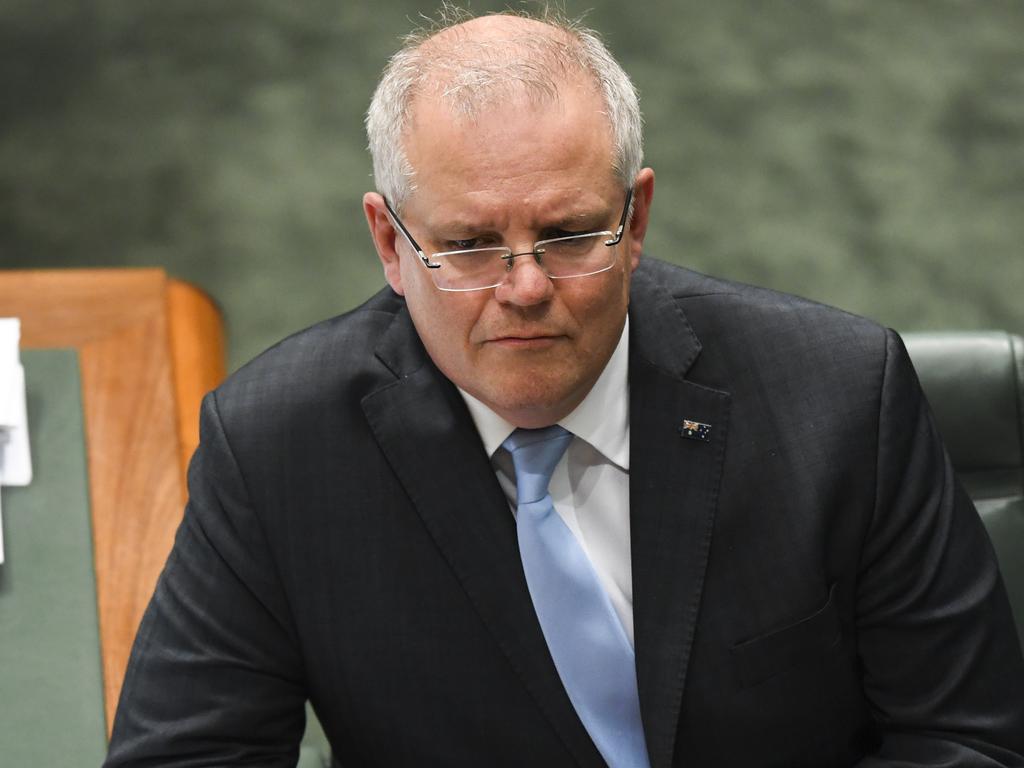
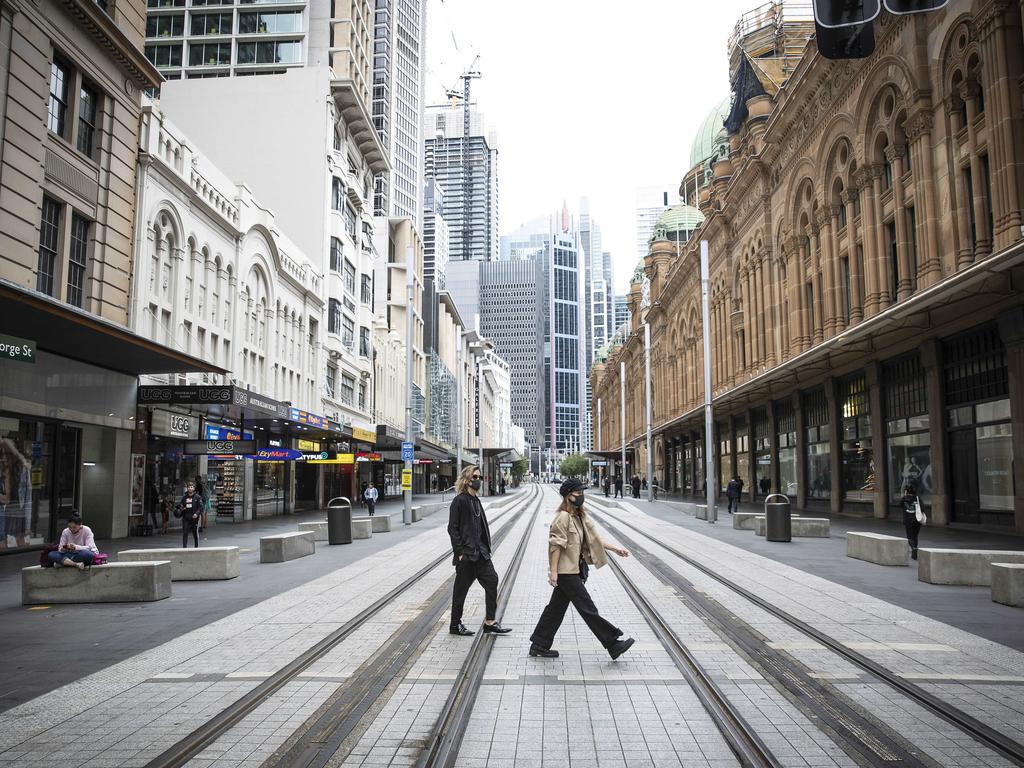


The plain truth is that everyone has been flying blind since news first broke of the existence of the coronavirus.